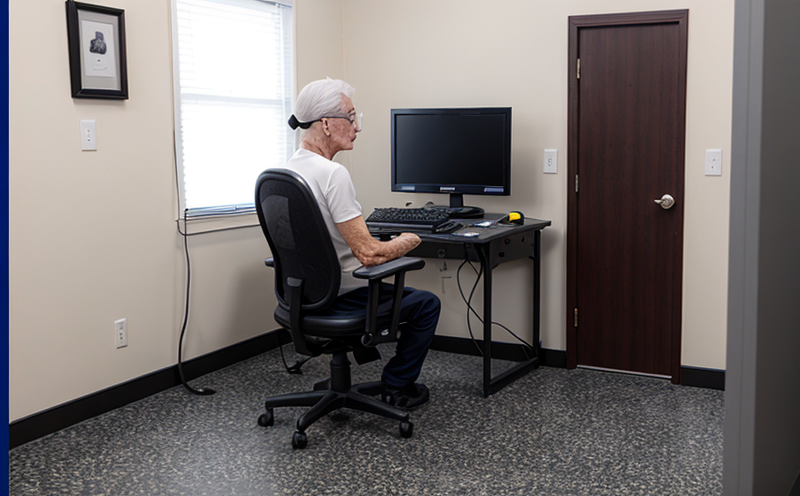JIS L0849 Colourfastness to light and weathering tests
The JIS L0849 test method is a critical procedure used in the textile industry to determine how resistant fabrics are to fading caused by exposure to sunlight, artificial light sources, and atmospheric conditions. This standard has been widely adopted for quality assurance in sectors such as clothing manufacturing, home textiles, and outdoor furniture.
The JIS L0849 test is particularly relevant when manufacturers aim to ensure that their products will maintain colorfastness over time without significant fading or degradation. This is especially important for items like umbrellas, awnings, and curtains which are frequently exposed to the elements.
During the testing process, textiles undergo exposure to both sunlight and artificial light sources in controlled environments designed to simulate real-world conditions. The test aims to evaluate how well the colorfastness of a textile product can withstand these environmental factors over an extended period. The test is conducted under specific conditions, including temperature, humidity, and duration.
The specimen preparation for JIS L0849 involves cutting samples from the fabric according to specified dimensions. These samples are then subjected to the light and weathering exposures for a predetermined number of hours or cycles depending on the type of exposure required by the test protocol.
After undergoing the prescribed exposure, the samples undergo color evaluation using standardized spectrophotometric techniques or visual comparison methods against reference standards. The results provide quantifiable data on the fading and changes in color intensity, which can be used to assess the performance of different textile materials under various conditions.
The acceptance criteria for JIS L0849 are based on a percentage change in the measured color values before and after exposure. If the percentage change is within specified limits, it indicates that the fabric has maintained its colorfastness properties satisfactorily.
Scope and Methodology
The JIS L0849 test encompasses a range of procedures designed to simulate real-world exposure conditions. The test typically involves exposing textile specimens to ultraviolet (UV) light or xenon arc lamps, which mimic the effects of sunlight, and heat and humidity chambers that replicate atmospheric conditions.
Key components of the methodology include:
- Specimen Preparation: Samples are cut from fabric according to JIS L0849 specifications. This ensures uniformity in testing and comparability between samples.
- Exposure Conditions: The specimens are exposed to artificial light sources that simulate direct sunlight, including UV radiation, for a specified duration.
- Environmental Control: Specimens may also be subjected to controlled temperature and humidity conditions to enhance the simulation of real-world environmental stressors.
The test concludes with color evaluation using spectrophotometric instruments or visual comparison against standard color charts. The results are compared against predetermined acceptance criteria, which vary based on the type of fabric being tested.
Industry Applications
- Outdoor Apparel: Ensures that garments like raincoats and jackets remain vibrant even after prolonged exposure to sunlight.
- Furnishings: Protects home textiles such as curtains, blinds, and upholstery from fading and discoloration.
- Sunscreen Fabrics: Evaluates the effectiveness of fabrics used in sun protection clothing by assessing their resistance to UV damage.
- Outdoor Furniture: Guarantees that items like patio furniture remain attractive for longer periods, even when exposed to harsh outdoor conditions.
Why Choose This Test
The JIS L0849 Colourfastness to light and weathering tests are essential for ensuring product durability and maintaining brand reputation. By adhering to this standard, manufacturers can:
- Promote Product Lifespan: Extend the useful life of products by enhancing their resistance to environmental factors.
- Enhance Consumer Satisfaction: Provide customers with high-quality products that maintain their aesthetic appeal over time.
- Achieve Regulatory Compliance: Meet international standards and regulations, ensuring seamless export and import processes.
Moreover, this testing helps in optimizing the design process by providing insights into which fabrics perform best under specific environmental conditions. It also aids in identifying potential issues early in the development phase, thereby reducing costly rework or recalls later on.





